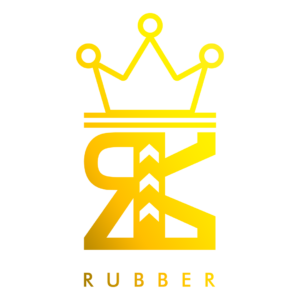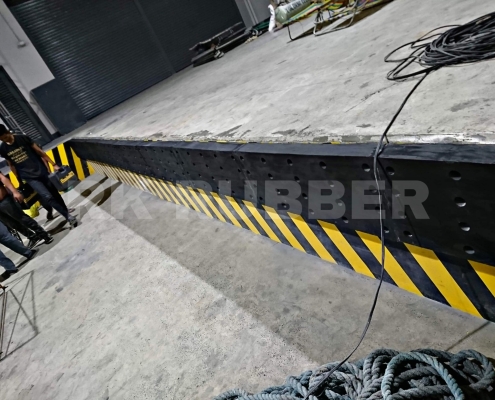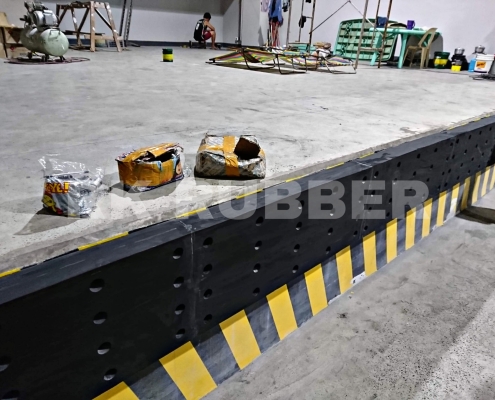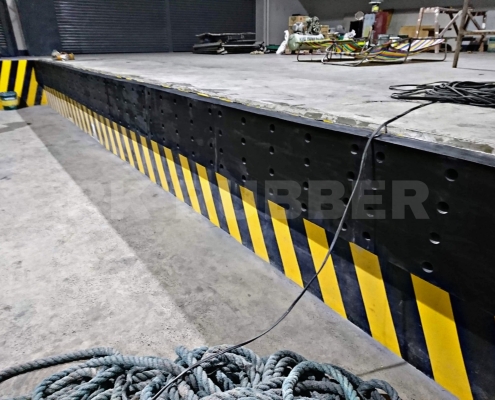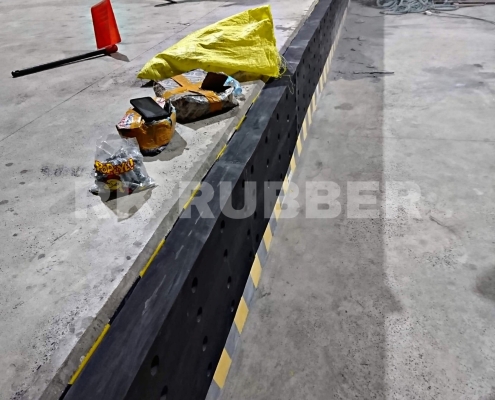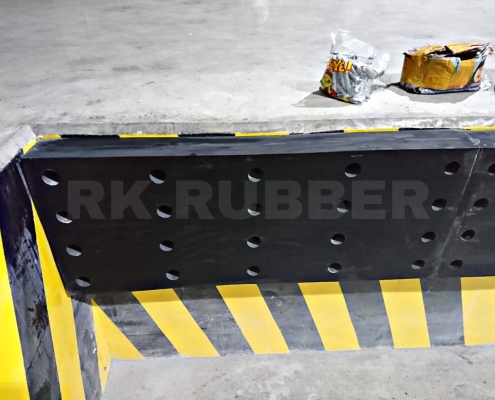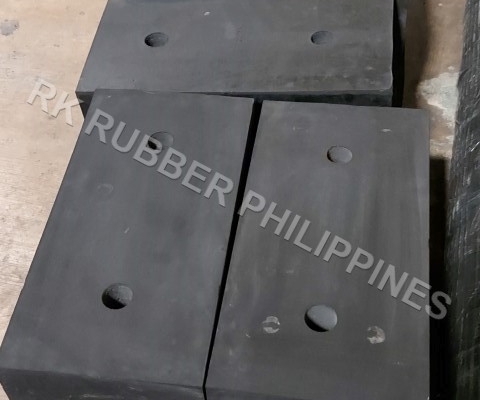Loading Dock Rubber Bumper
The loading dock rubber bumper protects the building and minimizes the collision effect between the loading dock and the semi-trailers. The loading dock is considered the busiest area of an establishment because it is where all manufacturing and retail products are unloaded. Investing in a high-quality loading dock fender is cheaper than repairing damaged properties and trailers. Most of our dock fenders are made from rubbers which are more durable and affordable than a metal-type loading fender. The rubber-type dock fender is not prone to corrosion as metal rusts quickly when not maintained properly.
History of Loading Dock Bumper
The loading dock rubber bumper has been an essential component of the loading dock process for decades. It provides resilience and resistance against shifting loads, preventing damage to both the vehicles in operation and the surrounding infrastructure. To understand why this equipment is so essential, it is important to explore its history.
The loading dock rubber bumper was introduced in the 1950s as part of wider changes to modern industrial processes with more efficient materials and machinery. This development allowed for safer transportation practices, forming the foundation for today’s loading dock operations.
The use of rubber bumpers has since become commonplace amongst many industries, including distribution centers, manufacturing plants, warehouses, and trucking companies, due to their flexible nature and durability.
Types of Loading Dock
Depressed loading dock
A type of loading dock bumper that effectively protects the facility and goods from collisions and impacts. This type of bumper is typically installed on the outside edges of loading docks and can absorb the result of a forklift or other large vehicle backing up too close to the edge. Depressed loading dock bumpers are designed with a hollow construction that allows them to compress when hit, thus providing superior protection compared to traditional flat rubber bumpers.
They are also more durable than traditional flat bumpers, as they can withstand more heavy-duty use without wearing out. Additionally, these bumpers have non-marking properties, making them perfect for indoor settings where aesthetics matter.
Flush-type loading dock
It is a popular choice among businesses looking for a safe way to manage loading dock traffic. It features an angled bumper that sits flush with the ground, allowing a smoother transition into the warehouse or other facility. This loading dock protects drivers and pedestrians as it prevents any damage from vehicles reversing too close to the edge of the warehouse.
It also helps to keep out unwanted pests and debris by creating an airtight seal around the entrance of your building. This helps reduce any contamination by vehicles entering your facility and protects against dust, dirt, and other foreign objects getting inside. Additionally, this type of bumper can last up to 20 years before showing signs of wear and tear when adequately maintained.
Saw-tooth loading docks
These heavy-duty bumpers provide a secure and reliable option for preventative safety measures against truck movement damage when goods are unloaded at the dock. Saw-tooth loading docks are made from durable materials such as rubber or steel, and they come in various sizes to fit different types of trucks.
The saw-tooth design serves two primary functions: it helps guide the trailer into the desired location and provides shock absorption during delivery operations. The teeth of the saw act as wedges that securely hold the truck in its parking space, reducing any potential risks associated with truck movement. In addition, this type of dock bumper provides increased visibility for improved safety around moving vehicles and equipment onsite.
Open-type loading dock
A loading dock bumper is designed to protect the doors, walls and docks of warehouses, factories and other industrial facilities. This type of bumper is typically made from high-grade rubber or a similar material that can absorb energy while protecting the loading dock from vehicles. Open-type loading dock bumpers are designed with special grooves that allow forklifts to drive onto them without causing damage. T
hey also feature an open design which allows for proper ventilation around the loading docks. The bumper’s open design also helps reduce noise levels in the area by absorbing sound waves before they can reach nearby offices or residences. Additionally, it prevents debris and water from collecting at the base of the loading dock, reducing potential slip hazards.
Enclosed-type loading dock bumpers
These bumpers act as protective barriers between the loading dock edge and the vehicle, cushioning impacts when vehicles back into the dock. Enclosed-type loading dock bumpers also create additional storage space within their hollow cavities, allowing users to store materials near the loading docks.
These loading dock bumpers are constructed from high-quality materials such as steel and concrete for maximum durability. Depending on customer requirements, they can be designed in various shapes, including rectangular, square or oval designs. Additionally, these bumpers can be customized based on desired dimensions, such as width or height specifications.
Features of Loading Rubber Bumper
- Excellent resistance to any chemical and corrosion
- Can withstand any weather conditions
- It has a superior tear and shear resistance
- Maintenance-free, easy to install, and has different mounting solutions
- Resilient and has a smooth surface.
- It can absorb vibrations and high-impact forces.
RK Rubber Enterprise Co. is ready to help and provide the best-in-class loading dock fenders that are durable and reliable. Kindly contact our sales team to learn more about the loading dock rubber bumper and other customized rubber-related products.
Loading Dock Rubber Bumper Quick Details:
Application Type: Industrial, Manufacturing, Construction, Agriculture, Engineering, and Aerospace
Materials: Natural, EPDM, Synthetic Rubber and Metal
Color: Plain black;
Variants: Laminated dock fender and Molded; depends on the client’s specification
Purpose: minimize the impact when docking and prevent the building from damage.
Below are some of the actual products and applications
